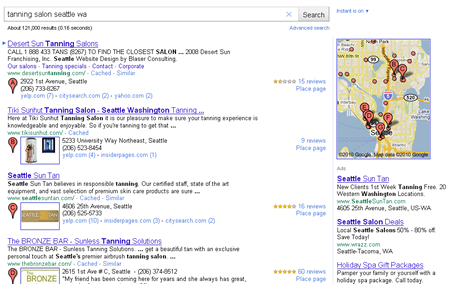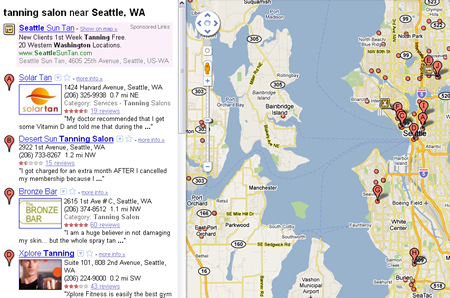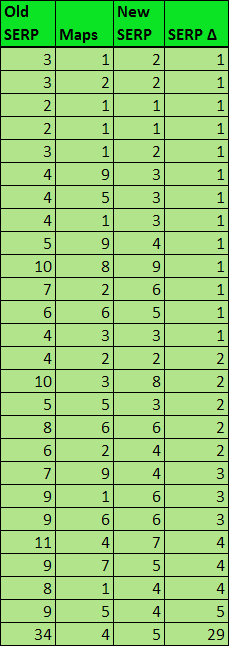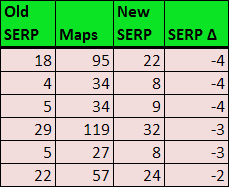Mish's Global Economic Trend Analysis |
| Posted: 27 Nov 2010 03:58 PM PST It's too early for actual store numbers, but the hoopla surrounding Black Friday has been enormous. Check out these headlines: Shoppers Storm Malls Shoppers Storm U.S. Malls as Black Friday Indicates Sales Jump Shoppers snapped up 500 gift cards in 15 minutes yesterday at the Mall at Robinson, a shopping center about 10 miles outside Pittsburgh."Seems Like Old Times" Yahoo!Finance says What recession? Shoppers eat up Black Friday deals For one day at least, you could almost imagine the recession never happened. Millions of the nation's shoppers braved rain and cold to crowd stores while others grabbed online bargains on what could be the busiest Black Friday ever.Online Too! MarketWatch says Black Friday shoppers spill over online as Bargain-hunters rely more on mobile devices and social networking As malls and department stores overflowed with Black Friday shoppers, online retailers also saw a boost in sales as more Web-oriented bargain hunters avoided the crowds.Black Friday Bust? Stores overflowing, online sales up 16%, people loading carts, and with all the images of people camping out overnight floating about all over the internet, one might have thought sales would 5%, 6%, or even 8%. I suspect we will not really know until next week but this Wall Street Headline sure caught my eye: Black Friday Sales Rise .3 Percent Please consider Black Friday Sales Rise, But Only Slightly Black Friday sales rose only slightly from a year ago even though more shoppers visited stores, retail traffic monitor ShopperTrak said Saturday, setting the stage for another uncertain holiday season for retailers.Black Friday Bust May Be Caused By Earlier Discounts 24/7 Wall Street suggests Black Friday Bust May Be Caused By Earlier Discounts Huge discounts offered to consumers in early November may have hurt Black Friday sales, and the trouble may not be over. Research from ShopperTrak shows that Black Friday retail sales at the store level rose so little over 2009 that the increase is barely perceptible.Once again I caution we need actual sales numbers, but for all the hoopla, even +2% would be a disappointment. Right now, it appears sales were flat. Should that prove to be the case, it's a good thing. Consumers need to improve their balance sheets. Mike "Mish" Shedlock http://globaleconomicanalysis.blogspot.com Click Here To Scroll Thru My Recent Post List | ||||||||||||||||||||||||||||||||||||||||||||||||||||||||||||||||||||||||||||||||||||||||||||||||||||||||||||||||||||||||||||||||||||||||||||||||||||||||||||||||||||||||||||||||||||||||||||||||
| Posted: 27 Nov 2010 09:03 AM PST An interesting article by Index Universe shows how Ratings Differences Highlight Eurozone Risk. The article compares risk as measured by a Standard and Poor's rating vs. a CDS rating that is calculated based on credit market derivatives. A table highlights the differences. Where the CDS-implied rating is better than that given by S&P, the difference is a positive number. When the CDS-implied rating is worse, a negative number is the outcome.Some of the differences are enormous. For those interested in various Bond ETFs, there's much more information in the three page article. Here is the table from page two.
Huge Flaws in the Bond Rating Methodology In Steer Clear Of Bond Ratings Paul Amery for Index Universe writes ... Ratings agencies are too slow to react to deteriorating creditworthiness, and when they do react, cuts tend to come in one fell swoop. In Greece's case, the ratings cut to junk by Moody's in June was one of four "notches" in one go, for example (from A3 to Ba1).I have pointed out many times before that Moody's, Fitch, and the S&P are horrendously slow in modifying debt ratings. Moreover, enormous discrepancies between Russia and Ireland bond yields shows political bias by the ratings agencies. Inconsistencies between the "Big Three" make matters even worse. Break Up the Credit Rating Cartel The current rating process is fatally flawed and the only way to fix this mess is something I bring up at every opportunity: It's Time To Break Up The Credit Rating Cartel The rating agencies were originally research firms. They were paid by those looking to buy bonds or make loans to a company. If a rating company did poorly it lost business. If it did poorly too often it went out of business.Mike "Mish" Shedlock http://globaleconomicanalysis.blogspot.com Click Here To Scroll Thru My Recent Post List | ||||||||||||||||||||||||||||||||||||||||||||||||||||||||||||||||||||||||||||||||||||||||||||||||||||||||||||||||||||||||||||||||||||||||||||||||||||||||||||||||||||||||||||||||||||||||||||||||
| You are subscribed to email updates from Mish's Global Economic Trend Analysis To stop receiving these emails, you may unsubscribe now. | Email delivery powered by Google |
| Google Inc., 20 West Kinzie, Chicago IL USA 60610 | |










